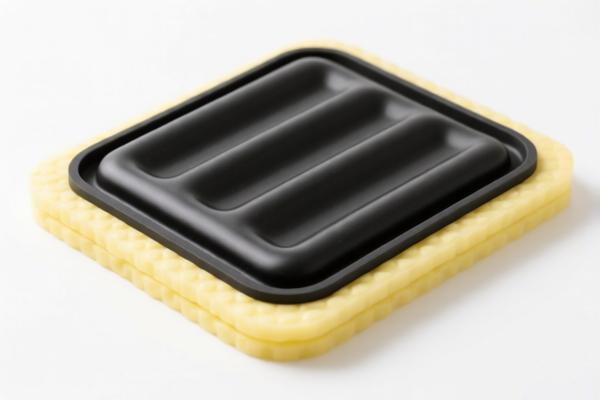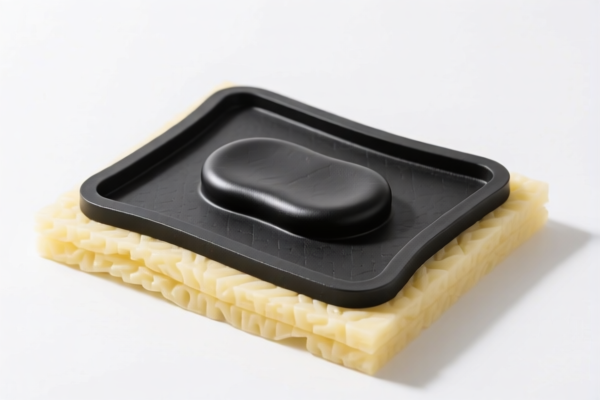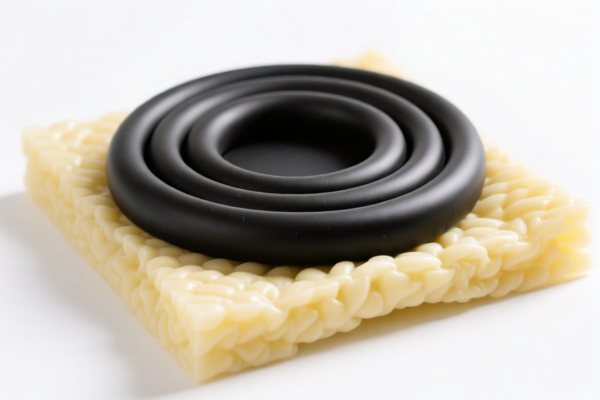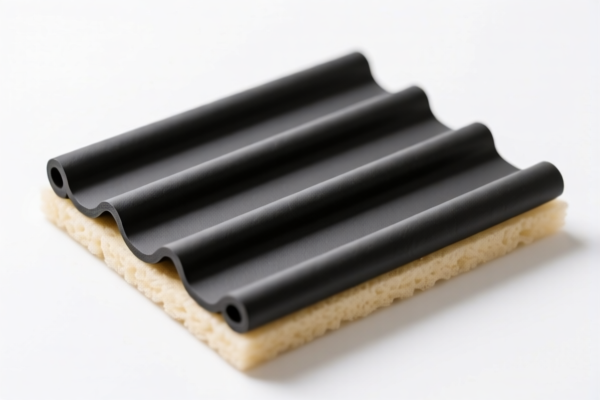| HS Code | Official Doc | Tariff Rate | Origin | Destination | Effective Date |
|---|---|---|---|---|---|
| 6815994170 | Doc | 55.0% | CN | US | 2025-05-12 |
| 3926901000 | Doc | 40.9% | CN | US | 2025-05-12 |
| 3926909905 | Doc | 42.8% | CN | US | 2025-05-12 |
| 3920995000 | Doc | 60.8% | CN | US | 2025-05-12 |
| 8516909000 | Doc | 58.9% | CN | US | 2025-05-12 |
| 8545904000 | Doc | 55.0% | CN | US | 2025-05-12 |
| 8545902000 | Doc | 55.0% | CN | US | 2025-05-12 |
| 9615906000 | Doc | 41.0% | CN | US | 2025-05-12 |
| 9615902000 | Doc | 38.1% | CN | US | 2025-05-12 |
| 4016990500 | Doc | 40.9% | CN | US | 2025-05-12 |
| 4005990000 | Doc | 55.0% | CN | US | 2025-05-12 |
| 4005910000 | Doc | 55.0% | CN | US | 2025-05-12 |




Induction Cooker Silicone Pad
An induction cooker silicone pad is a heat-resistant accessory designed for use with induction cooktops. It serves multiple purposes, primarily focused on improving the functionality and protection of both the cooktop and cookware.
Material
These pads are constructed from silicone, a synthetic polymer known for its high heat resistance, flexibility, and non-stick properties. Food-grade silicone is typically used, ensuring safety for contact with food. Common silicone types include:
- Solid Silicone: Offers greater stability and durability.
- Reinforced Silicone: Contains fiberglass or other reinforcing materials for enhanced strength and tear resistance.
Purpose & Function
- Protection of Cooktop Surface: Induction cooktops are made of glass or ceramic, which can be susceptible to scratches and damage from cookware. The pad provides a protective barrier.
- Prevention of Cookware Slippage: The silicone material offers a non-slip surface, stabilizing cookware during use, especially lighter-weight pots and pans.
- Heat Distribution: Some pads are designed with features to aid in more even heat distribution, though this effect is typically minor.
- Noise Reduction: Pads can dampen the sound of cookware being moved on the cooktop surface.
- Residue Collection: They can catch minor spills and splatters, making cleanup easier.
- Compatibility with Non-Induction Cookware: Certain specialized pads allow the use of non-induction-compatible cookware (e.g., copper pans) on an induction cooktop, by acting as an interface to transfer heat. Note: These pads significantly reduce efficiency and are not a substitute for proper induction cookware.
Usage Scenarios
- Everyday Cooking: Used routinely to protect the cooktop during normal cooking activities.
- Cooking with Delicate Cookware: Provides a cushion to prevent scratching or chipping of fragile pots and pans.
- Preventing Movement: Ideal for cooking with cookware that tends to slide easily.
- Using Non-Induction Cookware (with specialized pads): Allows limited use of otherwise incompatible cookware, although at reduced efficiency.
- Cleanup: Simplifies the cleaning process by containing small spills.
Common Types
- Standard Pads: Flat, circular or rectangular pads designed for general protection and stability.
- Heat Diffuser Pads: Thicker pads with a larger surface area, intended to distribute heat more evenly, particularly useful for smaller pots or pans.
- Universal Pads: Designed to accommodate various cookware sizes and shapes.
- Non-Slip Pads: Feature enhanced grip to prevent cookware from moving.
- Interface Pads (for non-induction cookware): These are generally thicker and designed with a metal plate to transfer heat from the induction cooktop to the cookware. They typically have a limited lifespan and may not be suitable for high-power cooking.
- Patterned Pads: Pads with textured surfaces for improved grip and aesthetics.
The declared goods are silicone pads designed for use with induction cookers. These pads likely serve to protect the cooker surface from scratches, prevent cookware slippage, and potentially provide heat insulation.
Here are the relevant HS codes based on the provided reference material:
-
3926901000: This HS code covers “Other articles of plastics and articles of other materials of headings 3901 to 3914: Other: Buckets and pails”. While not a direct match, silicone pads fall under the broader category of “other articles of plastics”.
- 39: Chapter 39 covers plastics and articles thereof.
- 26: Heading 3926 specifically covers other articles of plastics and articles of other materials.
- 901000: This subheading further specifies “Buckets and pails”, but the broader heading includes other plastic articles.
-
3926909905: This HS code covers “Other articles of plastics and articles of other materials of headings 3901 to 3914: Other: Other Elastic bands made wholly of plastics”. Silicone pads, though not elastic bands, are categorized as “other” plastic articles.
- 39: Chapter 39 covers plastics and articles thereof.
- 26: Heading 3926 specifically covers other articles of plastics and articles of other materials.
- 909905: This subheading specifies “Other Elastic bands made wholly of plastics”, but the broader heading includes other plastic articles.
-
4016990500: This HS code covers “Other articles of vulcanized rubber other than hard rubber: Other: Other: Household articles not elsewhere specified or included”. Silicone, while not strictly vulcanized rubber, can be considered a rubber-like material and the pads are intended for household use.
- 40: Chapter 40 covers rubber and articles thereof.
- 16: Heading 4016 specifically covers other articles of vulcanized rubber other than hard rubber.
- 990500: This subheading specifies “Other: Other: Household articles not elsewhere specified or included”.
Regarding HS code 3926901000 and 3926909905, please note that these codes broadly cover a range of plastic articles. It is important to verify the specific composition of the silicone pad to ensure accurate classification.
Customer Reviews
No reviews yet.